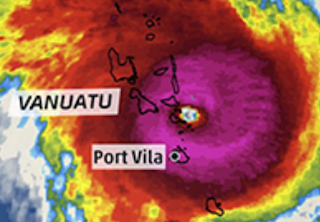 |
| Soccer at Malampa Day |
After
arriving from Santo during the first decent rain in 9 months we spent Monday
checking out the Malampa Day activites at Lakatoro.
Over the
course of my short 3 month assignment, I have enjoyed about 4 public holidays!
Vanuatu sure knows how to put work into its rightful perspective J |
| Nanwut Bungalows - Uri Island |
That afternoon we headed across to the nearby island of Uri for a couple of nights at the Nanwud bungalows. Jack and Lines gave us a great couple of nights, with snorkelling with the turtles at a marine conservation area being the highlight. Staying at Uri also includes plenty of toktok, storian and kakae with Lines (and Jack). Izzy also obliged with the painting of a new Nanwut Bunglows sign for the dining area.
We also managed to get down to the village of Robert Raven, and my adopted Nivan family of Grem, Alison and Brensom. Amazing hospitality was experienced once again, as well as a brief but meaningful garden wakabut capped off with a feed of Simbaro cooked in bamboo (manioc wrapped in island cabbage)
Had a great send off from my Dept of Tourism and Tourism operators, which included an handing over of some VSA funded safety equipment for use by tour operators.
For the last couple of days on Malekula Island, we headed to Losimwei on the west coast. (across the neck of the dog from my base in Lakatoro) A morning spent up at the Losinwei Cascades in the cool and refreshing water was a great way to end the week.
 |
| Losinwei Cascades |
Even though a short tour of duty in Vanuatu I now feel a strong sense of connection with the place. Who knows when I will next return....there is the need for some follow with operators in addition to some personal unfinished business in the form the Lopvevi Island climb which we failed to complete due to inclement weather.....
As they say in Vanuatu, my experience there was Nabawan!
Lukim yu Vanuatu....









































